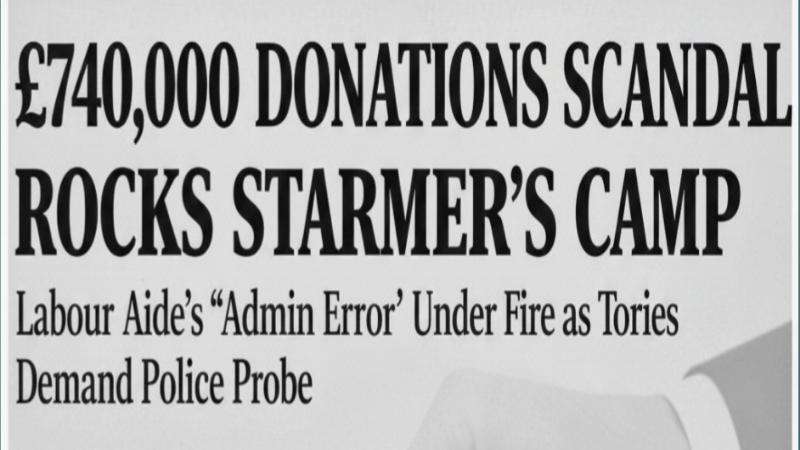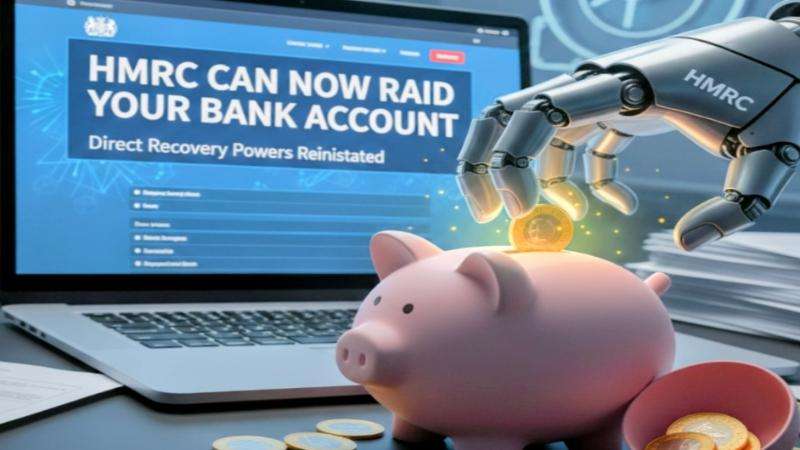The UK is projected to face the highest inflation rate among the G7 nations this year, a sobering warning issued by the Organisation for Economic Co-operation and Development (OECD). This grim forecast predicts that UK inflation will average 3.5% in 2025, a rate significantly higher than the US at 2.7% and well above the Bank of England’s 2% target.
This economic headwind is already battering UK households and businesses. Rising food prices, which have seen a resurgence in recent months, are a major contributor, with some retailers attributing the increases to the government’s £25bn-a-year hike in employer national insurance contributions. The persistent inflation is eroding the purchasing power of UK consumers, leading to a squeeze on household incomes and forcing families to cut back on spending. This is compounded by tax rises expected in the upcoming Autumn Budget, which will further dampen consumer and business sentiment. The Institute of Directors noted that services inflation, in particular, is proving stubborn, raising the risk of "second-round effects" where price hikes become embedded in the economy. The latest data from August 2025 shows consumer price index (CPI) inflation holding steady at 3.8%.
On the business front, companies are struggling with elevated labor costs due to the national insurance increase and the rise in the National Living Wage. Many are responding by shedding jobs to adjust their finances, as their profit margins are already being squeezed by higher input costs and weak consumer demand. This is creating a cycle where businesses are hesitant to invest and hire, which in turn slows down economic growth. The British Retail Consortium has warned that food inflation could remain above 5% well into 2026 if the retail industry faces further tax burdens.
Is There Any Hope to Overcome the Situation?
While the current outlook is challenging, there is hope for a brighter future, though it may take time. The path to recovery depends on a combination of strategic policy from the Bank of England and the government, as well as a gradual rebalancing of the global economy.
Bank of England's Role: The Bank of England is the primary institution responsible for controlling inflation. It has already begun a series of gradual interest rate cuts to stimulate the economy, with the aim of bringing inflation back to its 2% target. However, faced with persistently high inflation, the Bank's Monetary Policy Committee recently held interest rates steady at 4%. While some had hoped for a continued aggressive rate-cutting cycle, the Bank is now expected to hold off on further cuts until early 2026. This cautious approach is a key part of the plan: by keeping rates at a level that discourages excessive spending, the Bank aims to bring inflation down without plunging the economy into a deep recession.
Government Fiscal Policy: The government's fiscal policy will also be crucial. Chancellor Rachel Reeves is expected to present a budget on November 26 that includes tax increases, a measure that could put the brakes on economic growth in the short term. However, the government has also made pledges to support businesses, such as a reduction in business rates for certain sectors, which could provide some relief and encourage investment. The government is "losing the battle against inflation," according to the British Retail Consortium, underscoring the pressure on the current administration to deliver a clear plan.
The Global Picture: The OECD has noted that global growth was more resilient than expected in the first half of 2025. While US trade tariffs are a significant headwind, the overall global economic outlook is improving, which could create a more favorable environment for UK exports in the future.
Most economic forecasts suggest that inflation will begin to fall more consistently in the second half of 2026, with some predicting it will reach the Bank of England's 2% target by mid-2027. This gradual decline, coupled with a more stable economic environment, should help to ease the pressure on households and businesses. While the immediate future remains uncertain, the combination of cautious monetary policy and targeted fiscal measures offers a realistic path towards a more stable economic environment.
_6.jpg)
_5.jpg)
_6.jpg)
_7.jpg)



_4.jpg)
.svg)



_7.jpg)